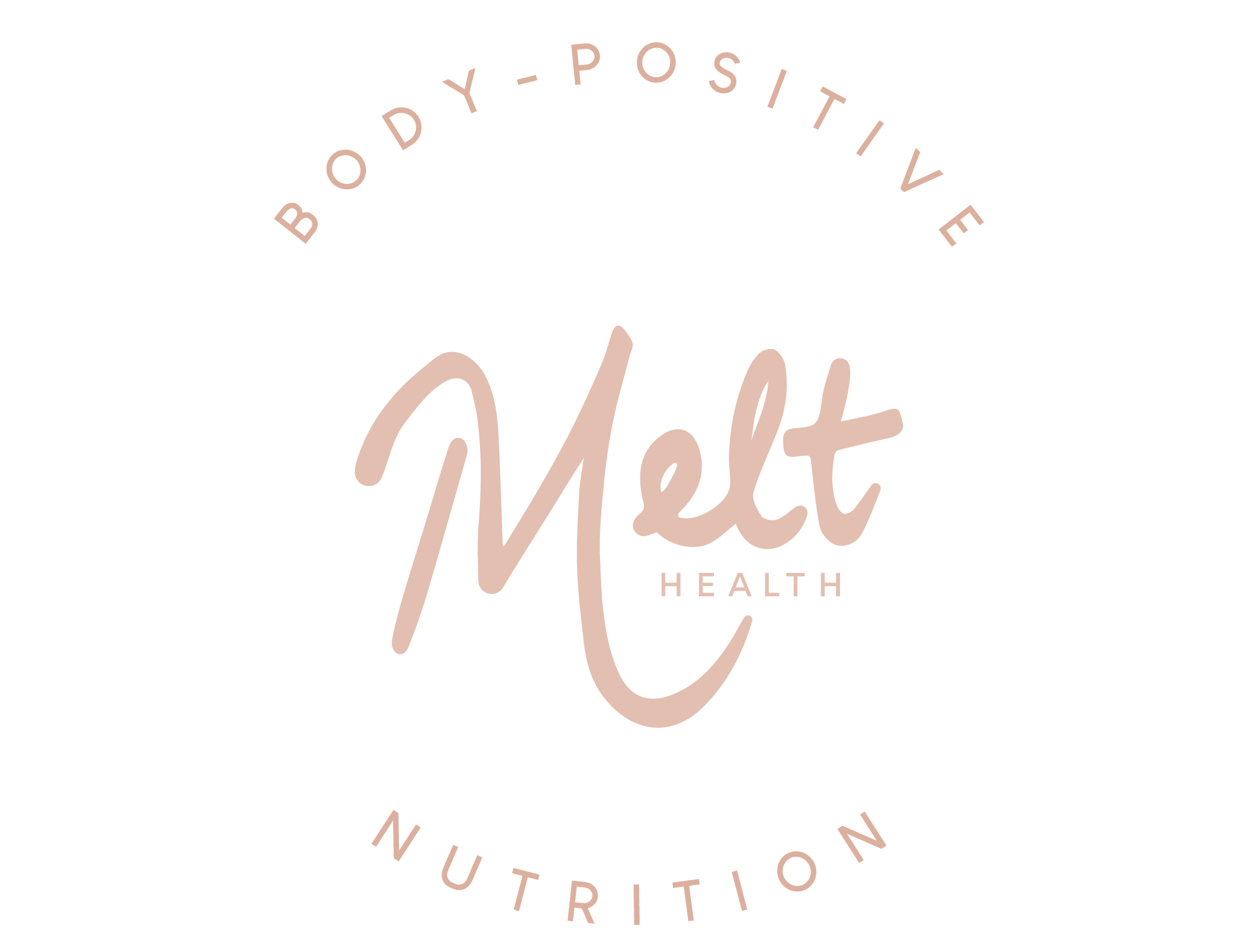
One of the best ways to start a commitment to your health and wellness is to take charge of what’s on your plate and fork. We’re not talking willpower here people, but rather discerning choices that back your decision to be the healthiest version of you!
Because let’s be honest here, the more nourishing foods you can cram into your basket/shopping bag/tummy the less room there will be for bad-choice distractions!
I want to emphasise that it’s important to respect your bio-individuality and your unique gut microbiome and footprint, so for everyone this list could well have a little added or indeed taken away. For example, if you know that you are allergic to seafood, you bet none of the seafood options are ending up in your shopping bag. Or you might be just starting to work on your current inflammation and leaky gut, and find that tomatoes, capsicums and potatoes i.e. nightshade family vegetables cause symptom flare-ups. In this case you would take out those items from your staple pantry list and with the help of a health practitioner look at re-introducing these once your gut has healed. And so it goes on.
A few things regarding this staple list:
You will see I am encouraging you to up your ante when it comes to including organic foods.
Putting it as plainly as possible, organic means no chemicals included that cause disruption with our endocrine system and gut ecosystem, and means eating foods as nature intended.
However, it’s important to recognize this is often still a more expensive option currently for us as consumers. I definitely get that.
My recommendation is to prioritize what to buy organically according to the annual list sent out by the Environmental Working Group (EWG). They are internationally renowned for their scientific work when it comes to reporting on chemicals and foods combinations.
What I strongly recommend is that you then start buying what’s listed on the Dirty Dozen organically whenever possible, for the least chemical disruption to you and your family.
Dirty Dozen you say? Yep! There’s a great list, the Clean 15 and Dirty Dozen that beautifully sorts our purchasing priorities while staying economically savvy. Again a good resource that I always print out each year and keep on hand.
Also, when it comes to meat, always look for grass-fed meat rather than grain-fed, purchase organic chicken and eggs whenever possible, and source wild-caught fish instead of farmed.
To fit the budget, it’s a great idea to buy slightly less quantity and instead better quality of your meats (#smartshopping)! I always suggest to my clients to use the width and depth of the palm of their hand as a general guide for how much protein to have with each meal. I’d love you to see if that works for you too.
Another huge focus of your healthy kitchen is to up your plants and greens in as many colours as possible!
Did you know that the most common antioxidants in our food are polyphenols, and that these are mostly found in plant fibre? Polyphenols are incredibly good for your gut health and microbiome, liver detoxification, brain function and general anti-inflammatory abilities. So aim to always have on hand heaps of colourfully diverse veggies, herbs and spices, nuts and seeds, berries and – yes – dark chocolate!
Regarding eating a rainbow of foods, a healthy tip is to aim to include 2 cups of plants/greens with most of your meals. The easy way to do this is always starting with the veggies to fill half your plate when you are creating or serving a meal, and then follow with the protein and healthy fats.
Without a doubt, in your kitchen we want to keep a spotlight on veggies, as well as celebrate the health and economic benefits of eating what’s in season! Here’s a great list that shows what to watch out for at your local markets or produce supplier, and you can see how lucky we are to have so many choices.
Now it’s time to pile this yumminess high in your shopping basket, and watch your bod love every mouthful!




